The operating room of the future may not require a physical patient at all. Across teaching hospitals and private training centers, virtual reality (VR) is revolutionizing how surgeons hone their skills—transforming scalpel-wielding into something resembling an immersive video game. This isn’t science fiction; it’s a rapidly evolving educational paradigm where gamification meets life-saving precision.
Traditionally, surgical training relied on cadavers, supervised operations, and high-pressure apprenticeships. While these methods remain invaluable, they come with limitations: scarce resources, ethical considerations, and the inability to simulate rare complications. Enter VR-based surgical simulations, which offer risk-free, repeatable, and data-driven practice environments. Platforms like Osso VR and FundamentalVR now provide hyper-realistic scenarios—from routine appendectomies to complex neurosurgery—where trainees can "fail forward" without consequences.
Why Gamification Works
The secret sauce lies in gamification—a design approach that borrows elements from video games to boost engagement. Think scoring systems for suture accuracy, haptic feedback that mimics tissue resistance, or leaderboards that foster friendly competition among residents. These features tap into intrinsic motivators like mastery and achievement, making grueling practice sessions feel more like play. Studies show that gamified training reduces skill acquisition time by up to 30% compared to traditional methods.
Dr. Elena Rodriguez, a cardiac surgeon at Johns Hopkins, recalls her first VR-assisted training: "It felt like playing a high-stakes puzzle game. The system awarded points for economy of motion and penalized unnecessary incisions. After three hours, I was obsessed with beating my own score—and that’s when I realized I’d unconsciously perfected a tricky anastomosis technique."
The Data Advantage
Beyond engagement, VR generates something cadaver labs never could: quantifiable metrics. Every virtual procedure logs performance indicators—instrument trajectory, time spent, blood loss estimates—allowing trainees to identify blind spots. Machine learning algorithms then tailor subsequent simulations to address weaknesses. For instance, a resident struggling with laparoscopic camera navigation might face increasingly unstable virtual horizons until their adaptability improves.
This data-centric approach also benefits certification boards. The American Board of Surgery now incorporates VR assessments into credentialing, analyzing thousands of data points to evaluate readiness. "It’s like having an X-ray of a surgeon’s decision-making process," explains Dr. Mark Chen, a board member. "We can spot hesitation patterns or risky habits before they reach the OR."
Breaking Down Barriers
VR democratizes access to elite training. A surgeon in rural Kenya can practice the same cutting-edge techniques as their counterparts at Mayo Clinic, provided they have a headset. During the pandemic, when in-person training halted, VR platforms saw a 400% surge in usage. Even veteran surgeons use them to rehearse unprecedented cases—like separating conjoined twins—by walking through digital replicas of patient-specific anatomies.
Critics argue that no simulation can replicate the emotional gravity of real surgery. Yet proponents counter that VR’s true value lies in building muscle memory and cognitive frameworks. "You still need live experience," admits Dr. Rodriguez, "but when you finally operate on flesh, your hands already know the dance."
The Road Ahead
Next-gen systems are integrating AI patients that react unpredictably to mistakes, forcing trainees to manage complications like sudden hemorrhages. Meanwhile, augmented reality (AR) overlays are being tested in actual ORs, where surgeons see critical anatomy highlighted through smart glasses. As haptics advance, some systems even simulate the "feel" of different tissue densities—a breakthrough for tumor boundary identification.
The line between game and surgery continues to blur. One startup recently developed a multiplayer mode where teams collaborate across continents in real-time virtual operations. Another uses blockchain to certify skill milestones as NFTs. Whether these innovations enhance or distract remains debated, but one thing is clear: the scalpel’s digital transformation is cutting deeper than ever.

By /Jul 3, 2025
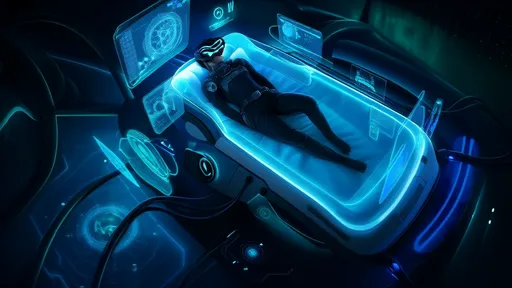
By /Jul 3, 2025
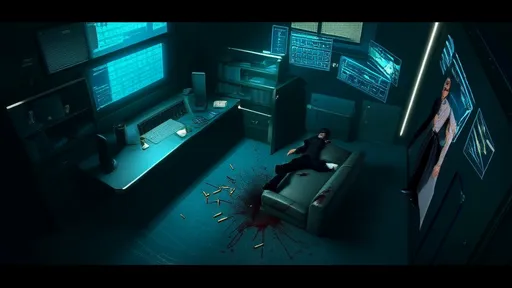
By /Jul 3, 2025

By /Jul 3, 2025
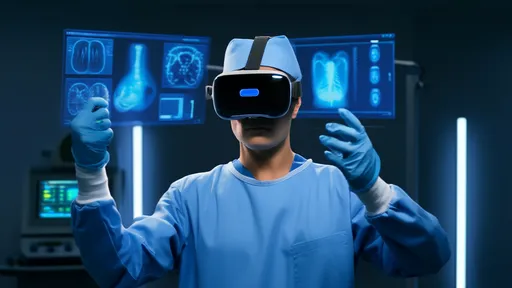
By /Jul 3, 2025

By /Jul 3, 2025

By /Jul 3, 2025

By /Jul 3, 2025

By /Jul 3, 2025
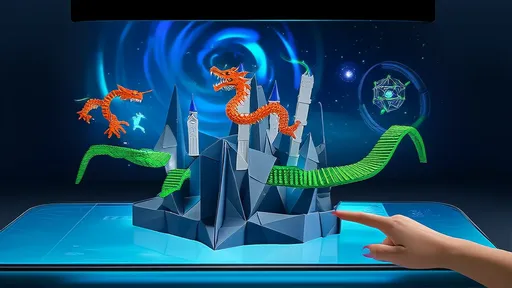
By /Jul 3, 2025

By /Jul 3, 2025

By /Jul 3, 2025

By /Jul 3, 2025

By /Jul 3, 2025

By /Jul 3, 2025

By /Jul 3, 2025

By /Jul 3, 2025
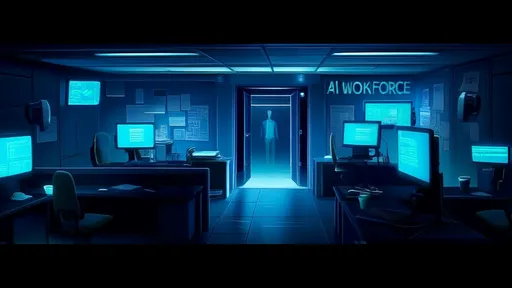
By /Jul 3, 2025